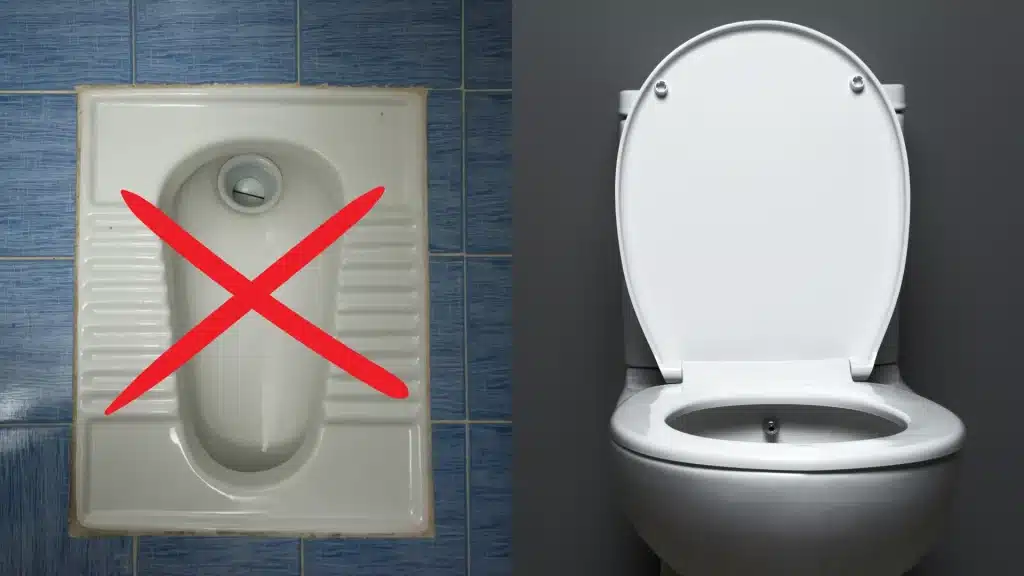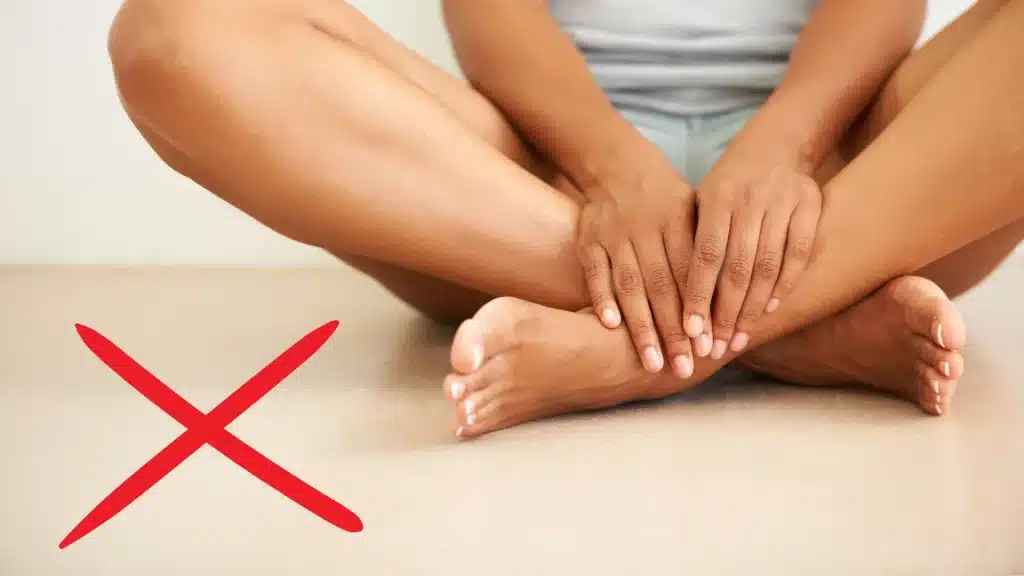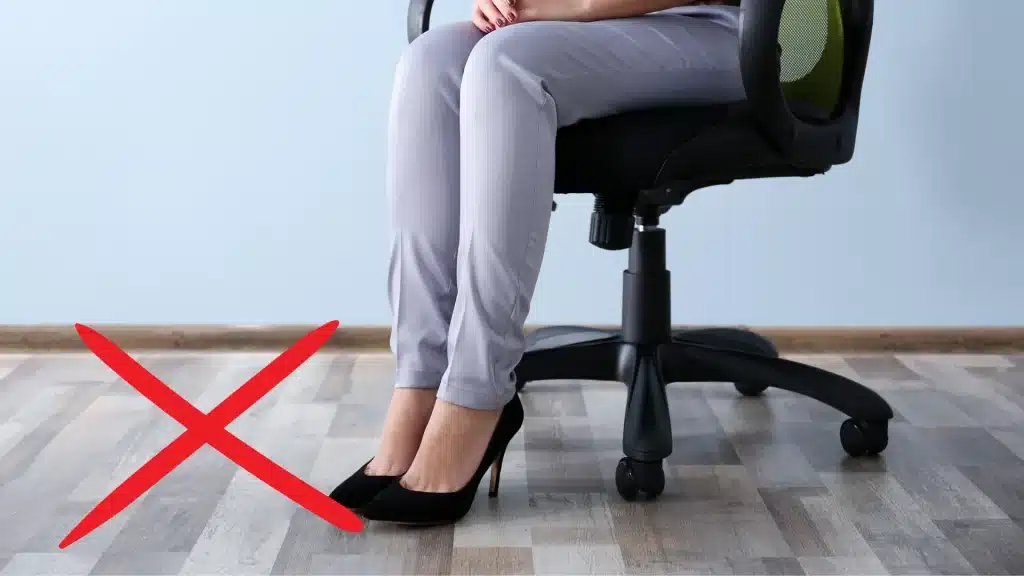What Activities to Avoid After Hip Replacement

Overview
Hip replacement surgery is a go to solution for many Indians struggling with arthritis, hip injuries, or severe hip pain, even though there are alternatives available. According to the Indian Orthopaedic Association, hip replacement surgeries have increased significantly in recent years, with many patients experiencing improved mobility and reduced pain. However, to ensure the long-term success of the artificial joint, it’s essential to make lifestyle modifications, especially when it comes to daily activities and exercises.
After undergoing hip replacement surgery, certain activities will put stress on the artificial joint, leading to pain, dislocation, or reduced mobility. Activities like squatting on the floor (common in Indian toilets), cross-legged seating, climbing stairs, or engaging in vigorous sports like cricket or kabaddi can pose potential health risks to hip joints. Certain yoga postures, like deep forward bends or twists, should also be avoided or modified.
This guide will outline the activities to avoid after hip replacement surgery and propose alternative exercises and lifestyle modifications to keep their hip joints healthy and functional.
Regular Activities to Avoid
1. Squatting in the Toilet
In India, traditional squat toilets are used in a majority of households. Squatting puts a high amount of pressure on the hip joint which may cause it to dislocate.

After having a hip replacement, it is important to avoid putting strain on your hips by changing from using an Indian toilet to a Western one or installing a raised toilet seat. Such modifications are particularly necessary for the weeks after surgery to avoid any issues.
2. Waist Bending
Tilting in the middle to lift objects or do chores will lead to unnatural rotation of the hip joint and increase the chances of injury.
It is advisable to use a reaching aid to grab things off the floor instead of bending. If needed, take the help of family members or caregivers to help prevent straining yourself.
3. Cross-legged sitting
Sitting cross-legged is a common posture in Indian households, especially during meals, prayers, or social gatherings. However, this position exerts significant stress on the hip joint, which will be detrimental after a replacement.

Instead, use chairs with good back support and avoid positions that require deep hip flexion.
4. Climbing Stairs Excessively
While occasional stair climbing may be necessary, frequent or prolonged use of stairs should be avoided, especially during the recovery phase. Climbing stairs involves repetitive movement that will strain the hip joint.
Limit the use of stairs or consider using a lift or elevator when available.
5. Carrying Heavy Loads
Carrying heavy things like grocery bags or water buckets puts undue stress on the hip joint. Ensure that significant amounts of weight are split into lighter sections or transported using wheeled carts.
It prevents the joint from experiencing unnecessary strain.
Exercises to Avoid
Recovering from a hip replacement is a journey that requires care and attention. While exercise is essential for healing, not all movements are safe during this time.
Some exercises will harm your new hip or slow down your recovery.
1. Biking
Cycling may be gentle exercise, but it puts stress on your replaced hip from the repetitive movement of pedaling. Moreover, the joint will get seriously harmed by imbalance or falls.

It’s advisable to refrain from cycling unless your doctor has permitted you. Walking on a flat surface is safer and a better exercise for staying fit.
2. Swimming
Swimming is regarded as easygoing on the joints, although there are risks for those with hip replacements. Slipping or falling while getting in and out of the pool will injure the hip joint.
Swimming may only be considered safe after receiving clearance from a medical professional, and even then, caution should be exercised.
3. Yoga Poses With Deep Twists or Stretches
Yoga is widely practiced in India; however, some asanas like deep twists, forward bends or splits exert extreme pressure on the operated hip. It leads to dislocations or causes pain.
Instead, rely more on gentle relaxation induced by these postures, avoiding postures that need too much hip movement. Ask a yoga teacher about common post-operative modifications and find safer substitutes.
4. Dancing or High-Impact Sports
Such activities as sudden, fast movements like bhangra, football, or kabaddi unnecessarily strain the hip joint. Such motions heighten the risk of dislocation as well as wear and tear on the implant.
Safer alternatives are light, low-impact activities such as a walk at your leisure or gentle stretching.
5. Long-lasting Sitting or Standing
Extended periods of sitting or standing will make the hip stiff and uncomfortable. To keep joints flexible and avoid stiffness, switch between sitting and standing.

Chairs with support or anti-fatigue matting will help reduce your pain at this time, too.
Why Are These Dangerous
A hip replacement involves removing a damaged hip joint and replacing it with an artificial one. After the surgery, your body needs time to heal. Proper activities and exercises will help you regain strength and flexibility. However, certain activities will put too much stress on your new hip.
Your new hip needs time to form its connection to your bone, so any high-impact or strenuous exercises could interfere with this bonding process and lead to it moving out of place or leading to complications. Avoiding these activities helps ensure your hip heals correctly and lasts longer. Some activities also have to be stopped permanently as an artificial joint is not the same as a natural one.
When to Seek Medical Attention
While recovering, watch for signs that need medical attention:
- Severe pain that doesn’t improve with rest
- Swelling or redness around the hip
- Fever or chills
- Difficulty moving the hip
- Unusual noises from the joint
If you experience any of these, contact a doctor right away.
Takeaways
Adapting your every day activities and lifestyle is necessary for the longevity of a hip replacement. Steering clear of routine activities like squatting, bending, or sitting cross-legged (as well as occasional ones such as cycling, swimming, and vigorous sporting) helps protect the replaced joint from undue strain. At the same time, strenuous exercises have to be avoided as well.
FAQs
What is the best sitting position after a hip replacement?
The best position is sitting on a chair with a straight back and a firm seat. Avoid low or soft chairs, and ensure the knees are not higher than the hips.
How long should we avoid squatting after surgery?
Squatting should be avoided permanently after a hip replacement to prevent joint stress and dislocation.
Is it safe to resume yoga after a hip replacement?
Yoga will be resumed with caution. Avoid deep twists, forward bends, or extreme stretches, and focus on gentle poses. Always consult a doctor or physical therapist before practicing yoga.
Are there any specific precautions for climbing stairs post-replacement?
Limit stair use and climb slowly, using handrails for support. You can also get a home lift installed. Avoid carrying heavy loads while climbing.
Can we return to cycling or swimming after full recovery?
Cycling or swimming may be possible after full recovery, but only with a doctor’s approval. Even then, these activities should be done with caution to prevent strain or fall.
